
Brightening Up The Holiday Season!

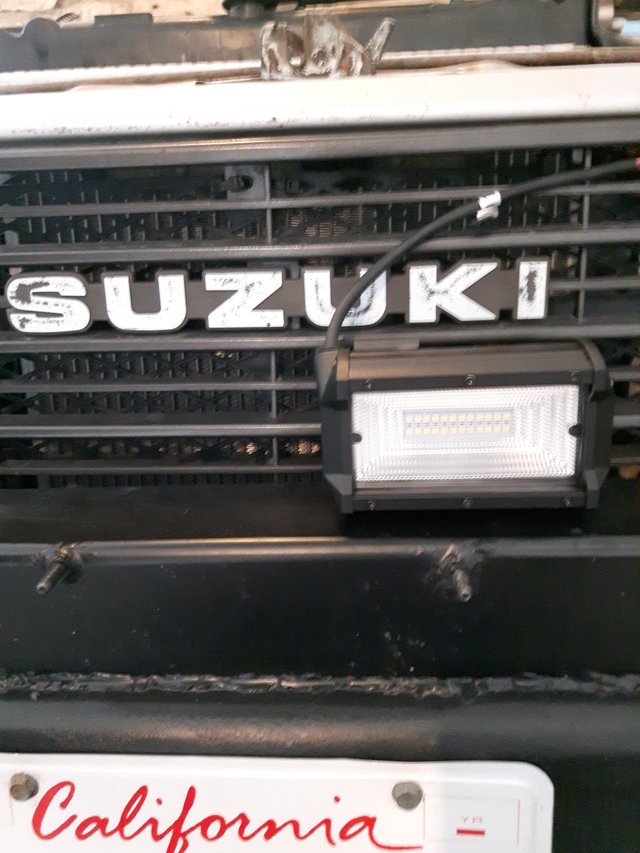
Items Needed For This Installation.
- 12 gauge or 10 gauge wire (depending on the wattage of the light bar)
- 12 volt 20 amp fuse
- 12 volt 20 amp brass on/off switch
- wire shrink wrap
- various wire connectors (best to purchase multipack)
- solder
- 2 M10x1.25 bolts, split washers and nuts
Tools used are pictured below
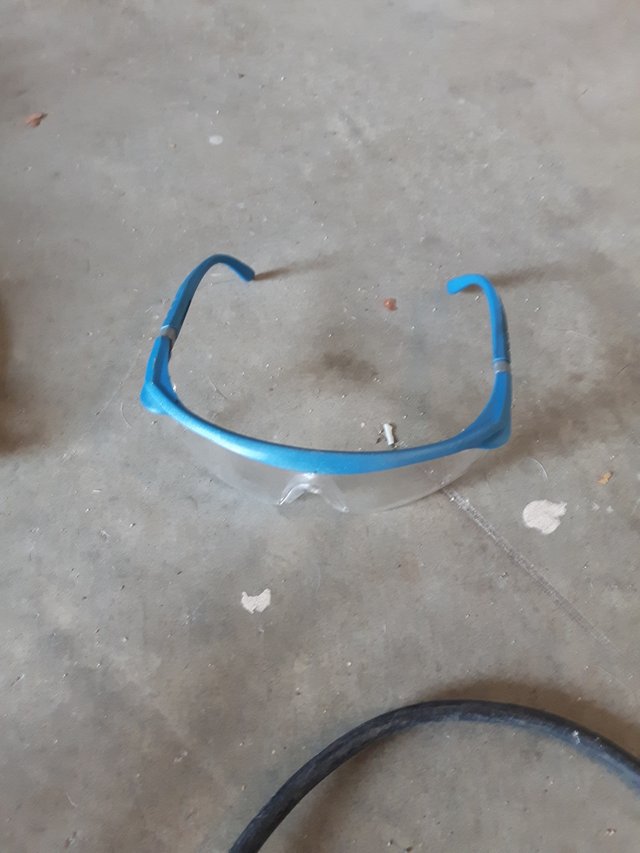
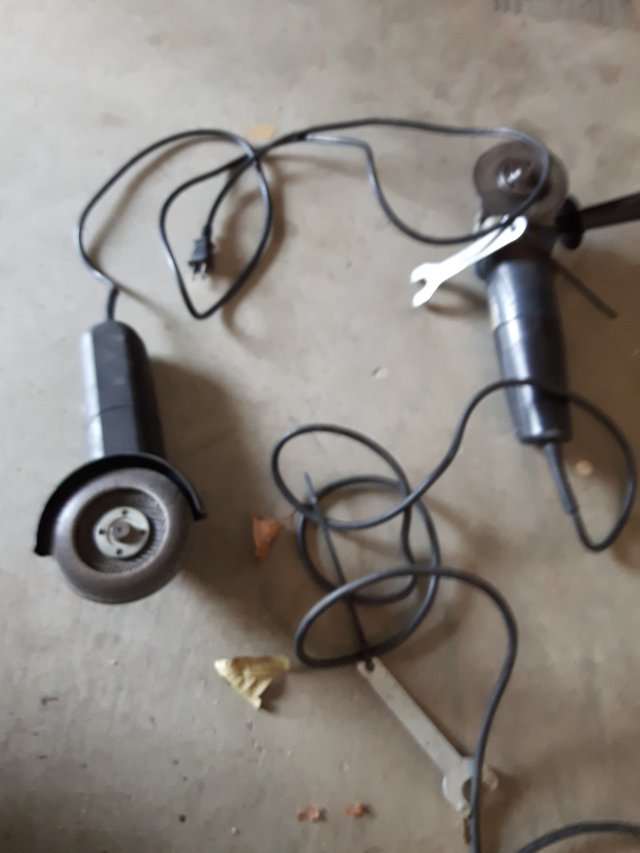
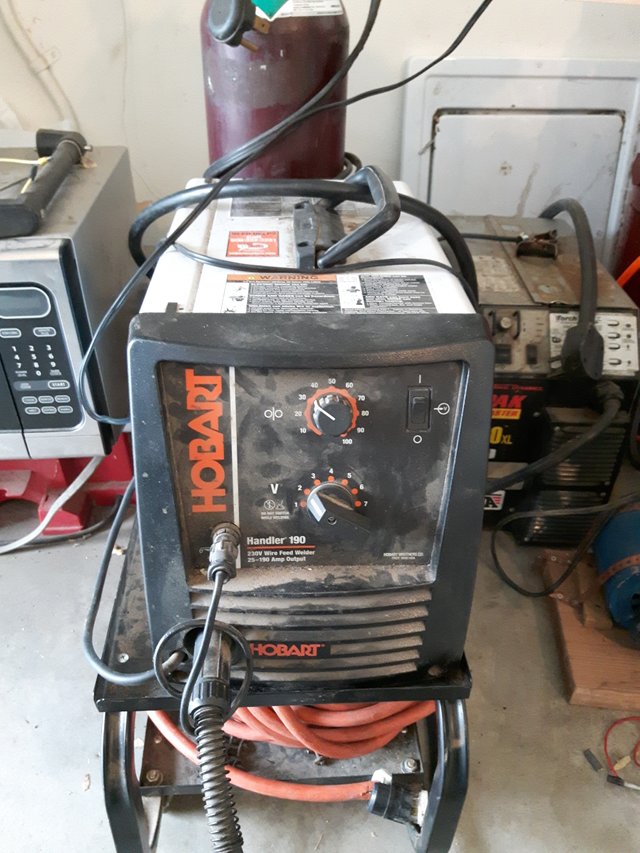
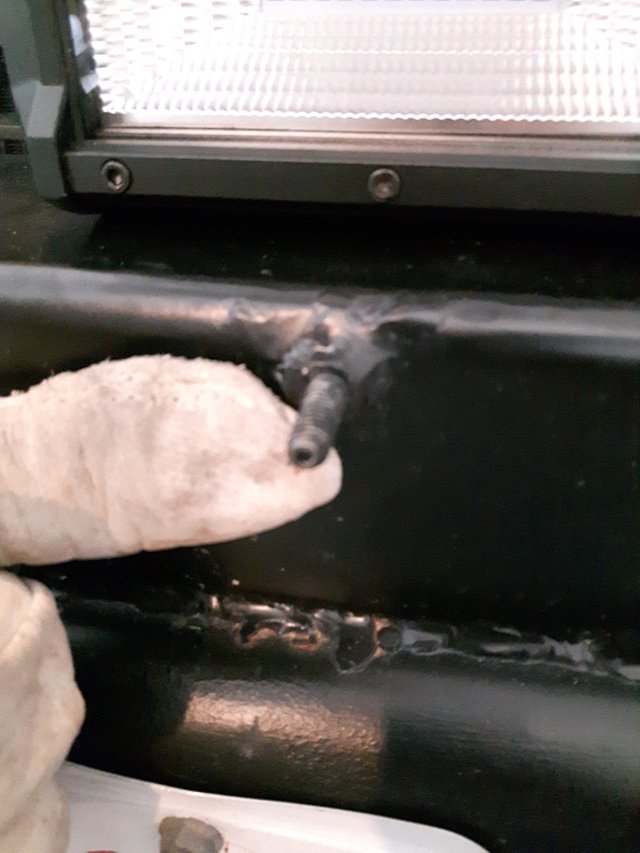
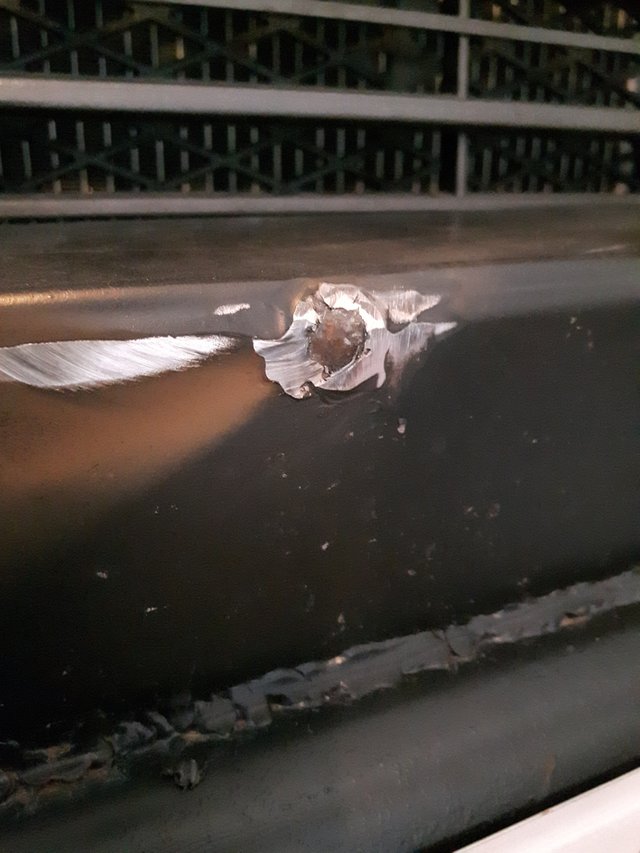
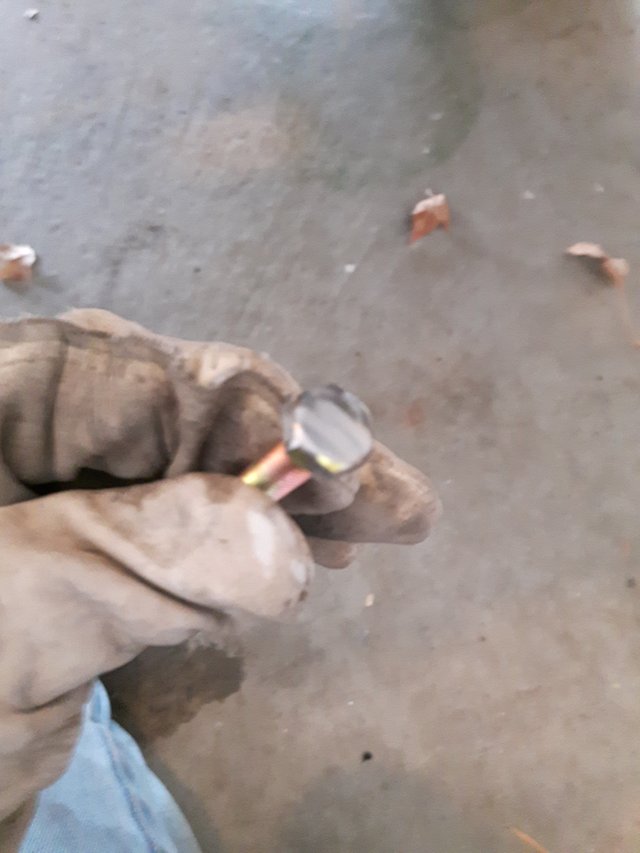
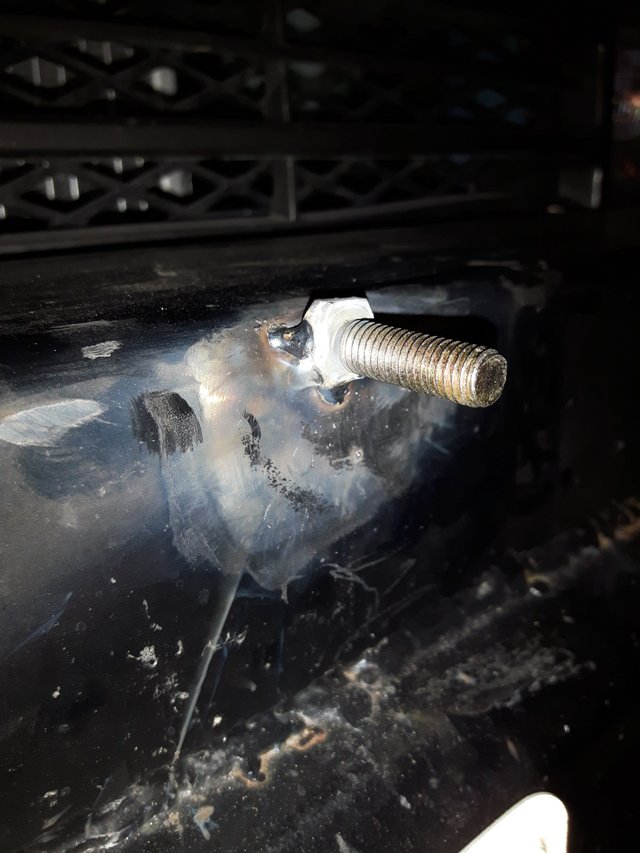
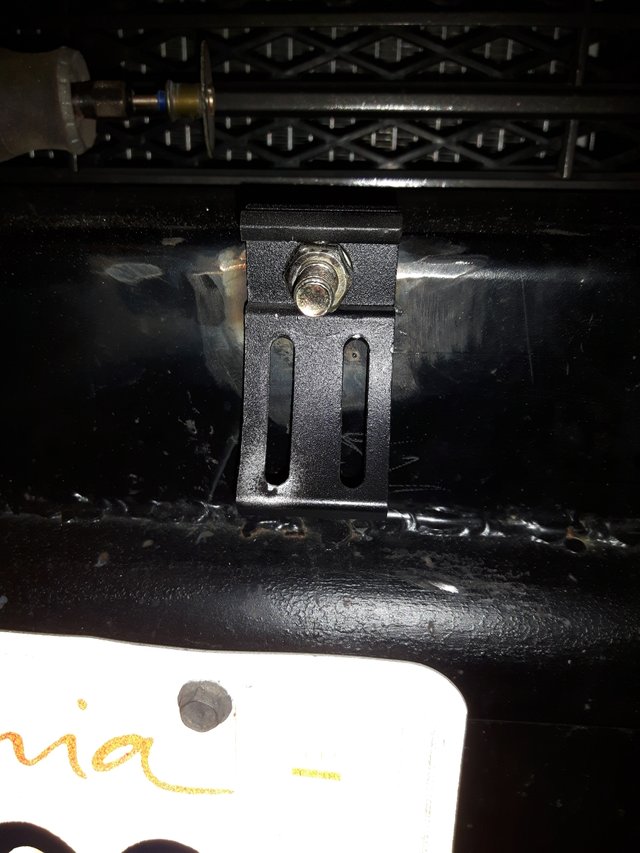
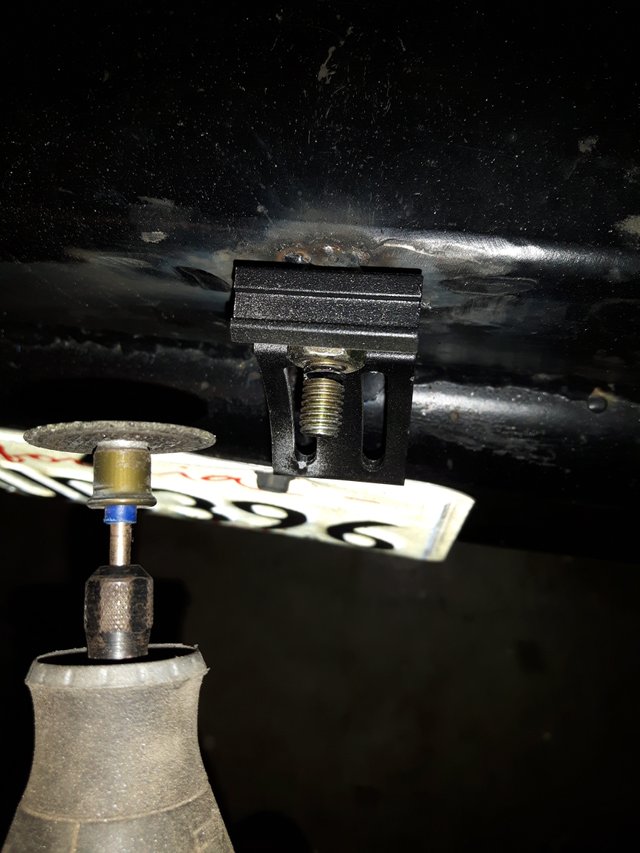
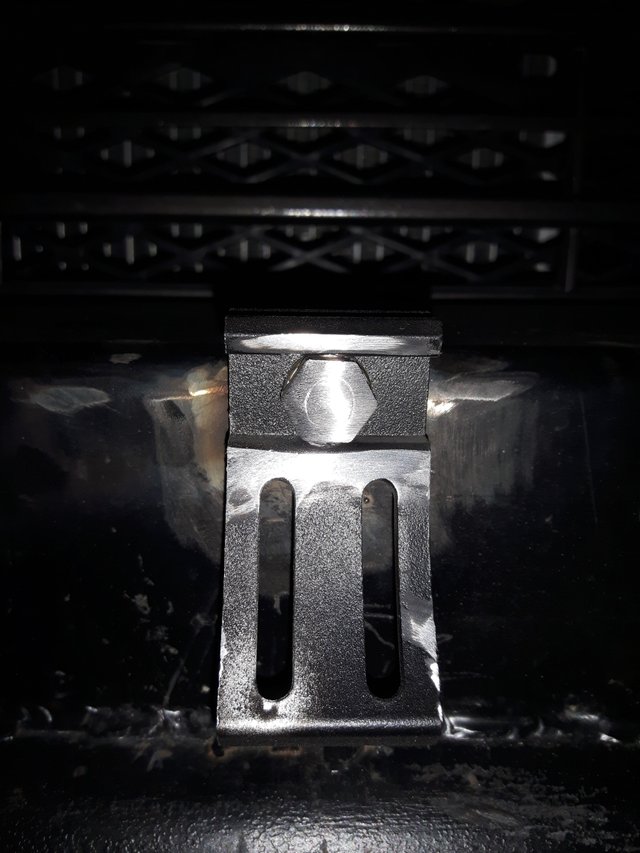
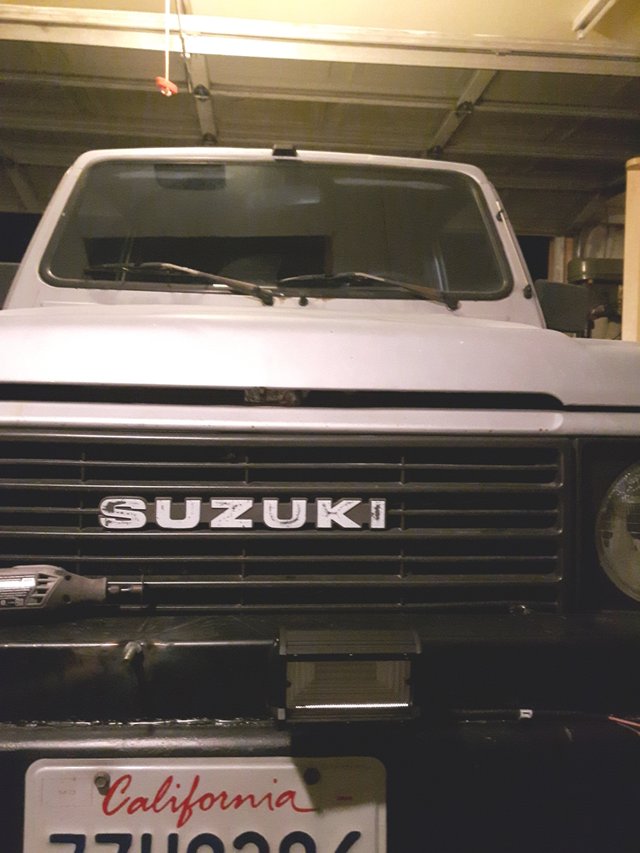
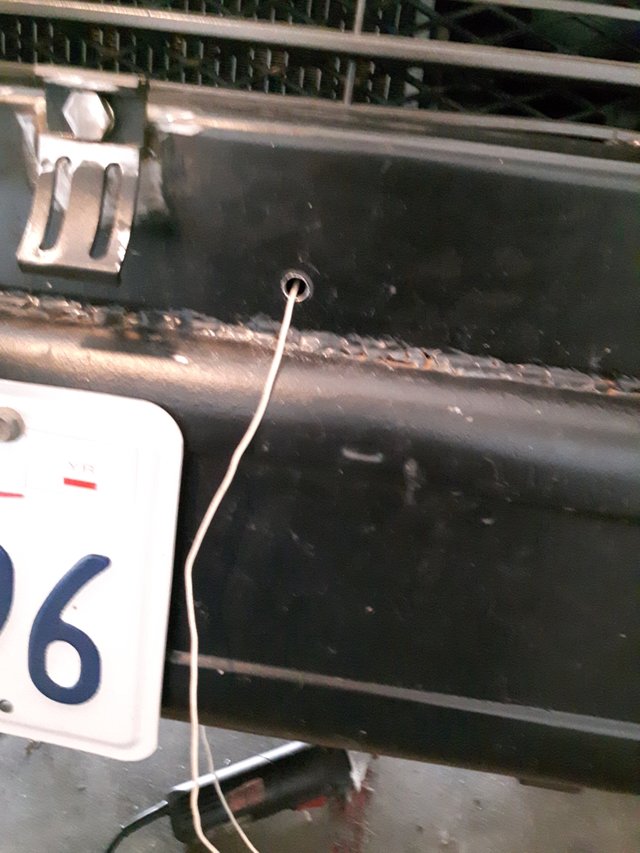

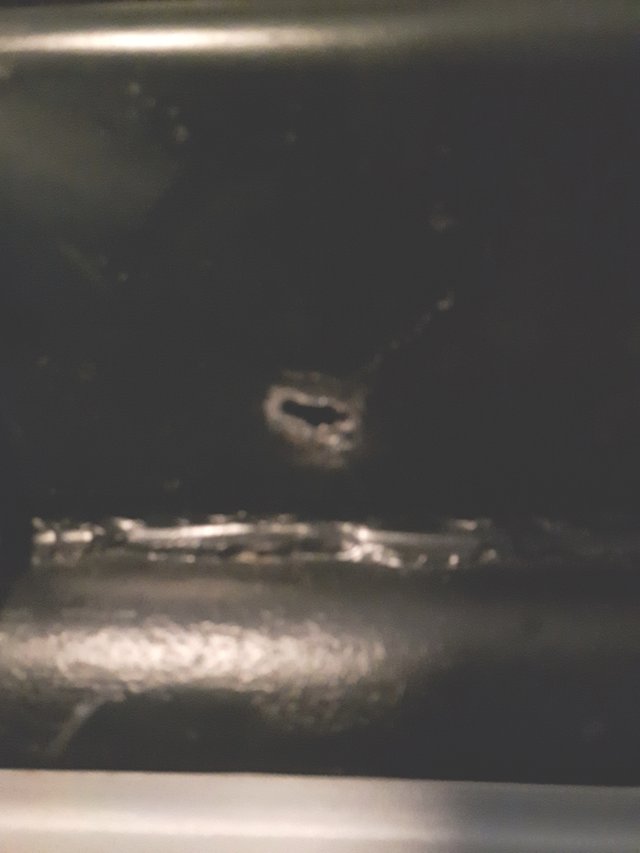
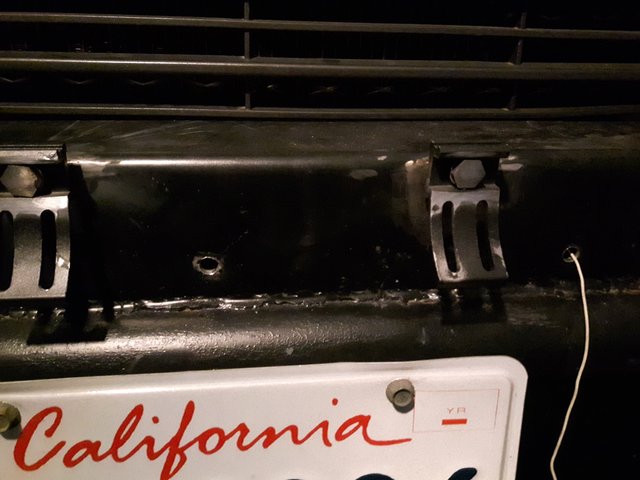
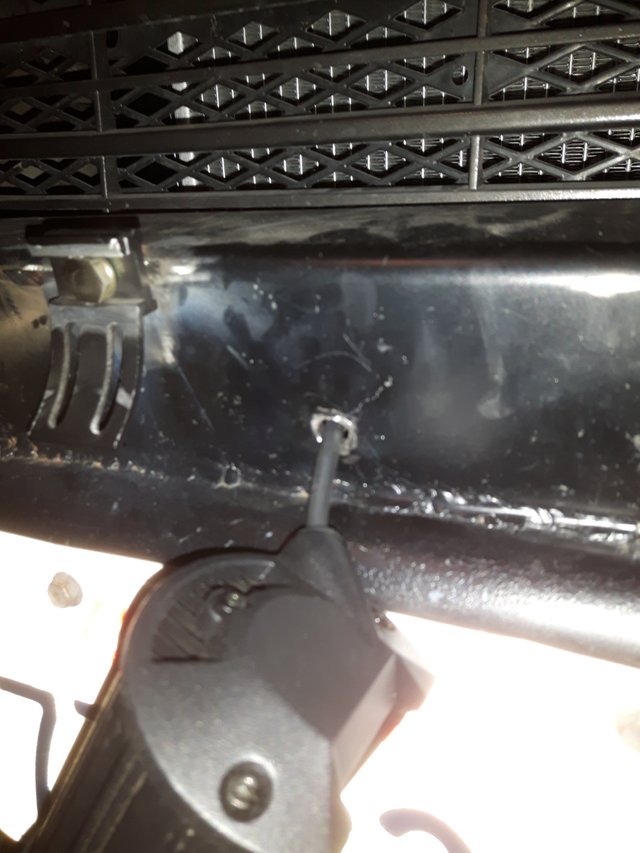
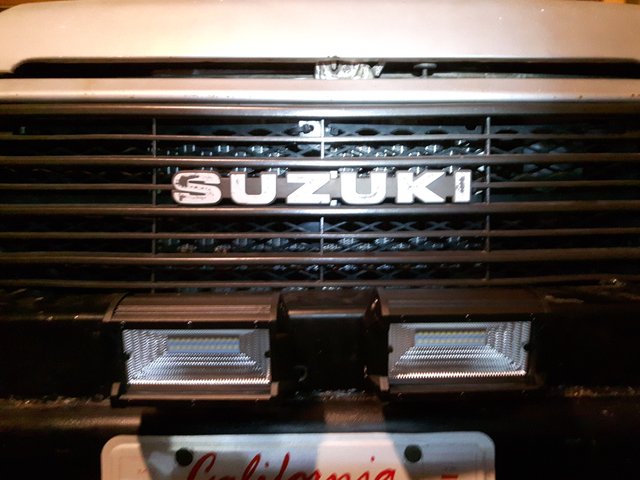
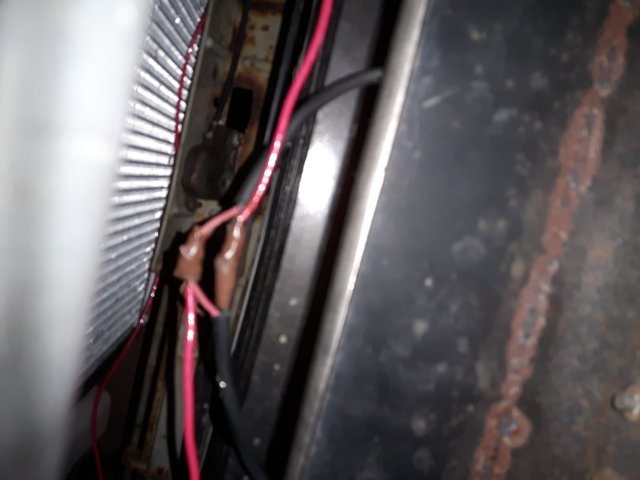
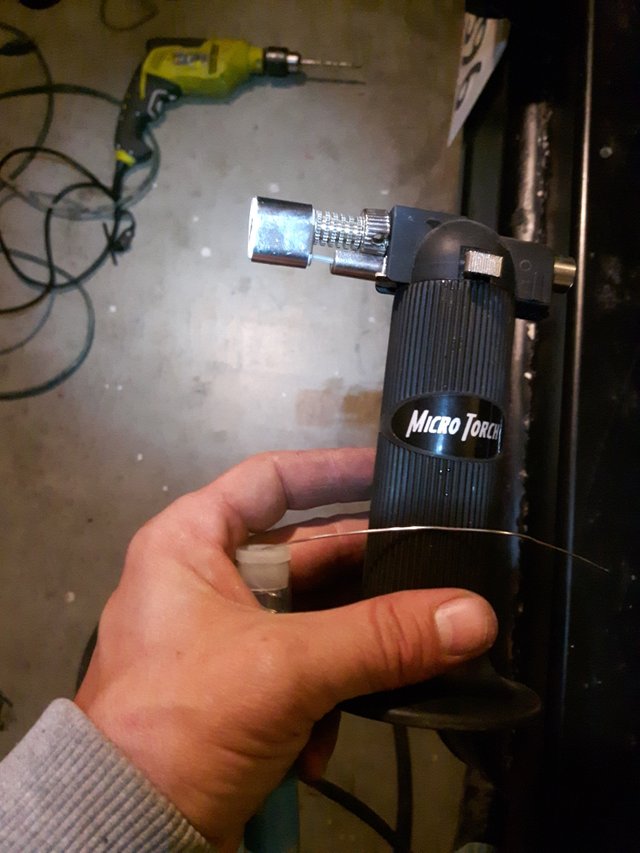
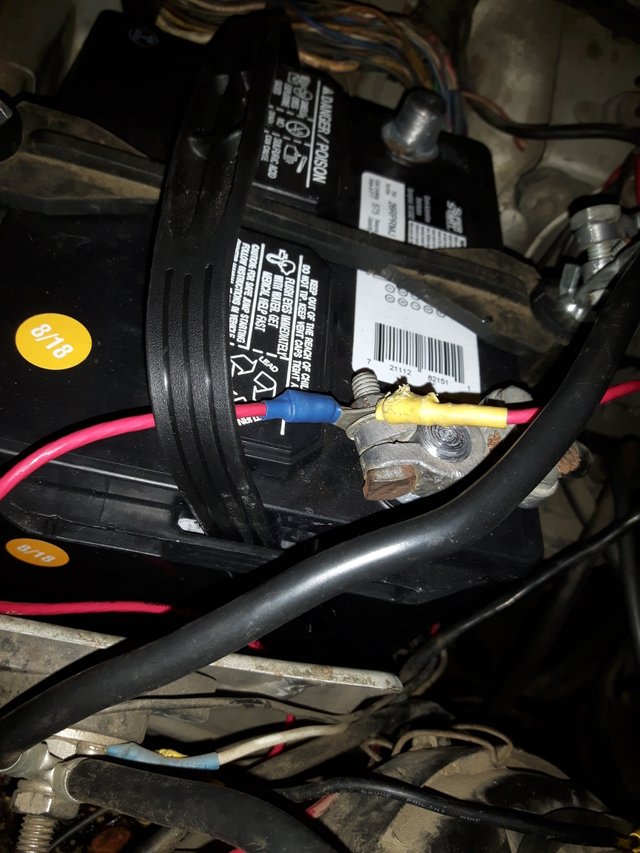
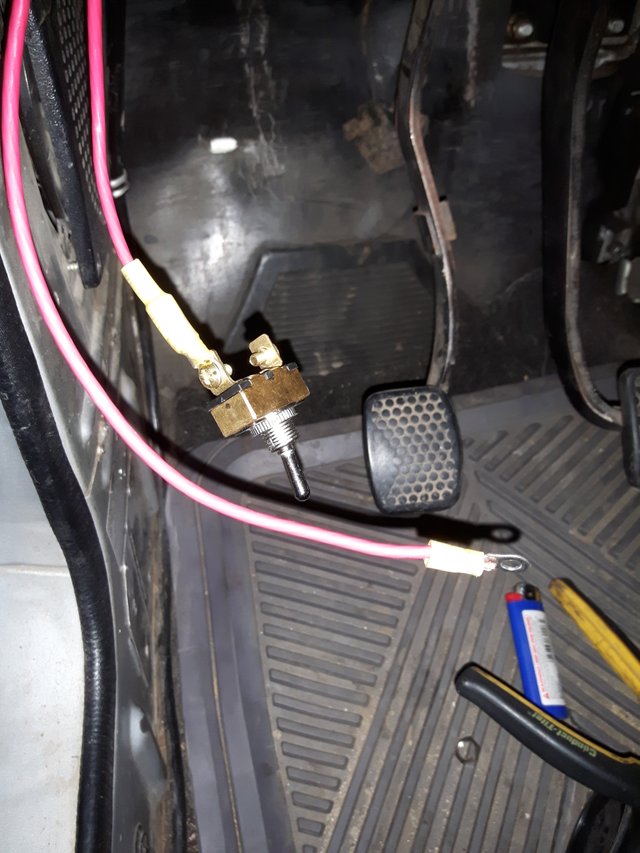
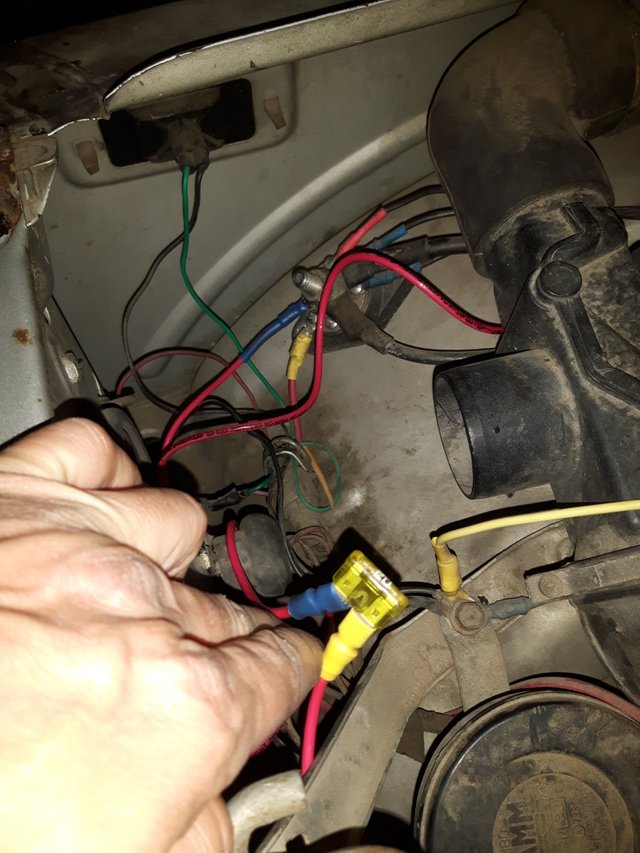
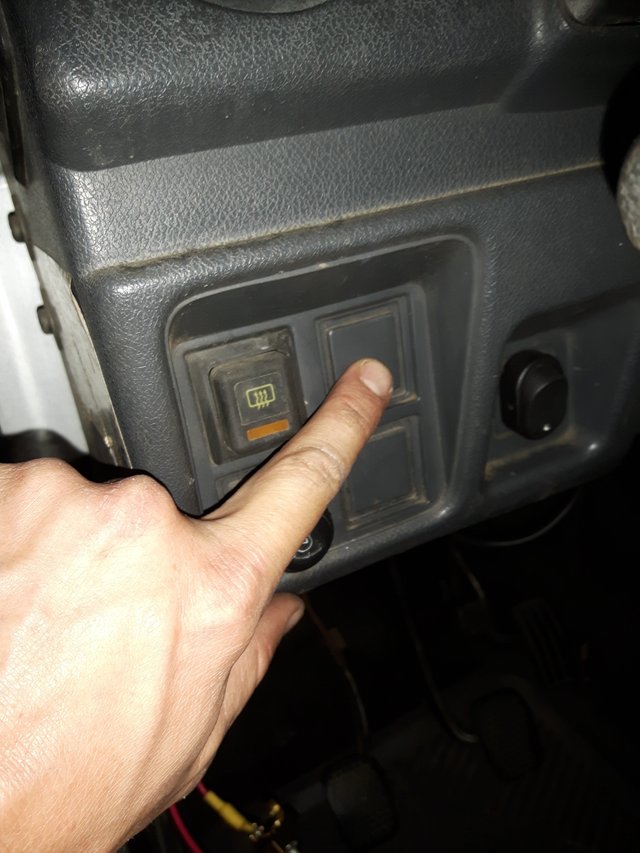
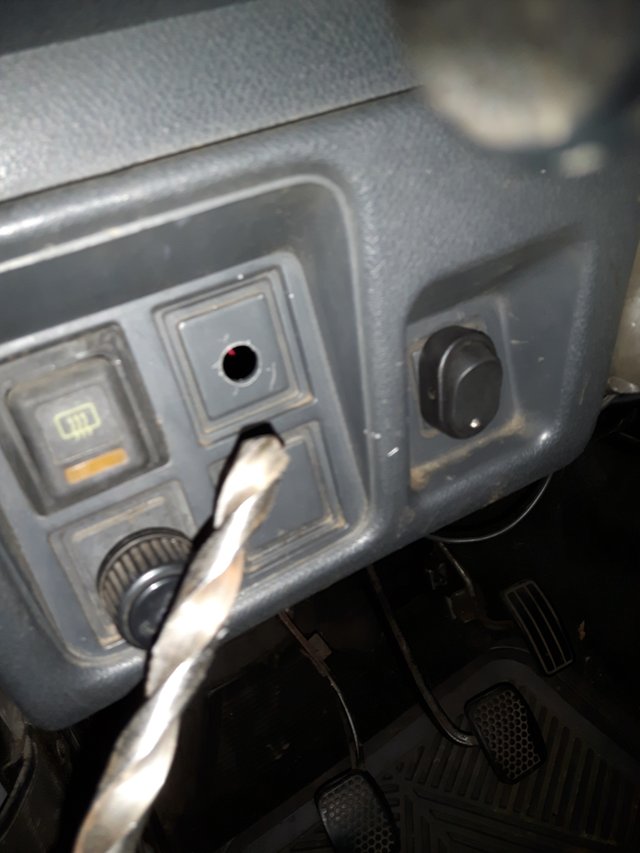
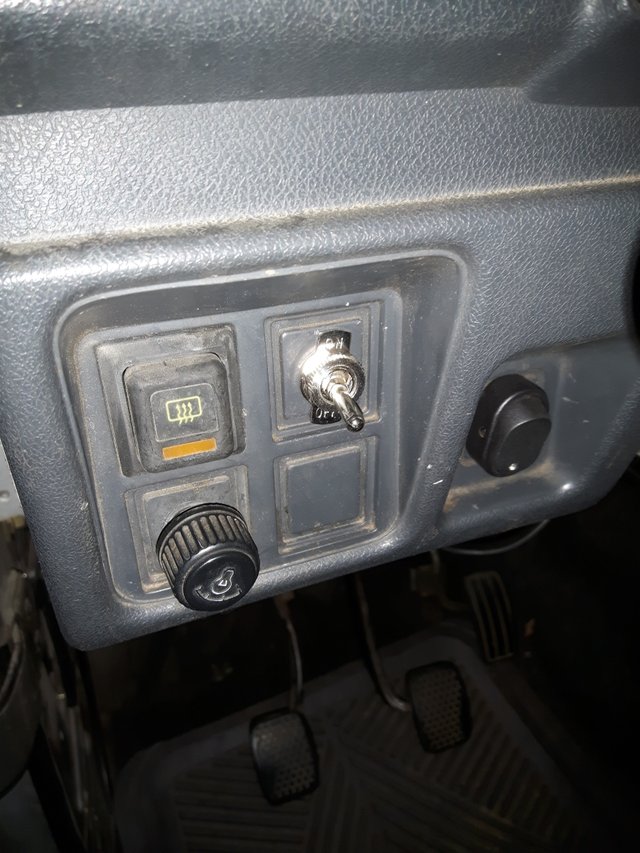
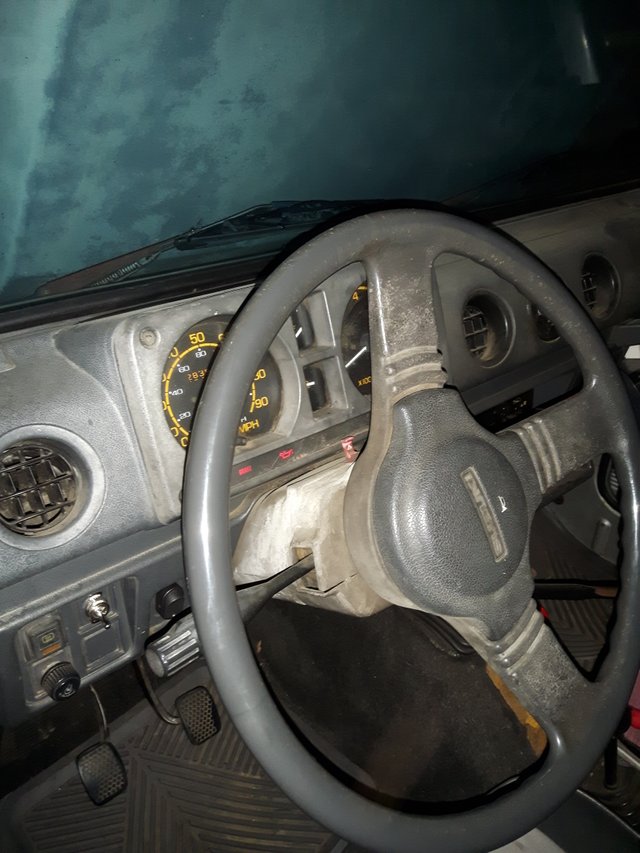
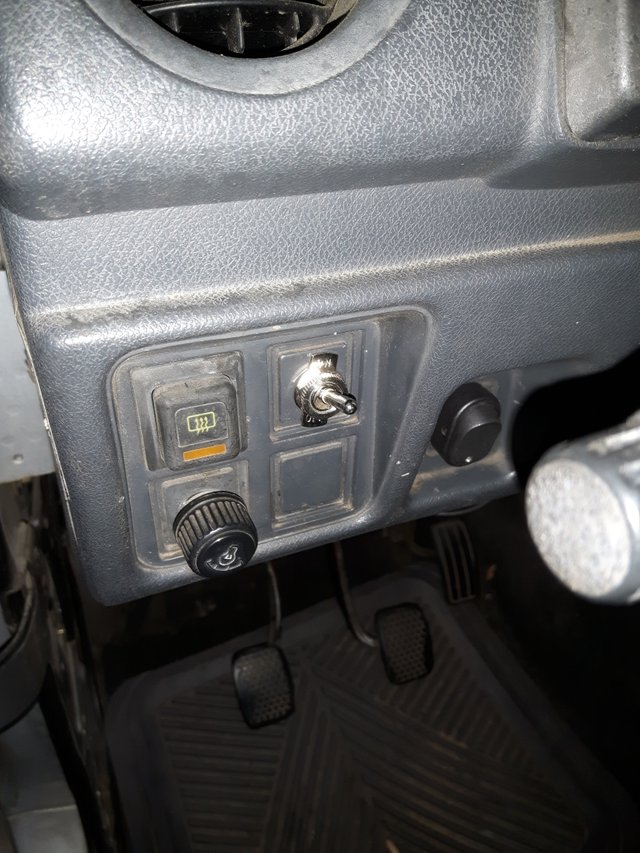
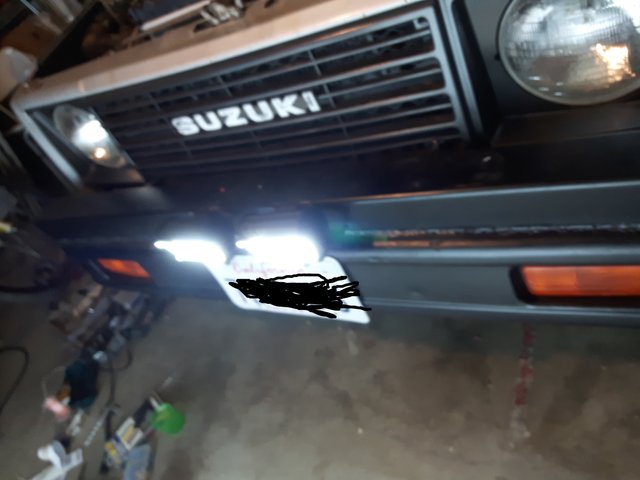
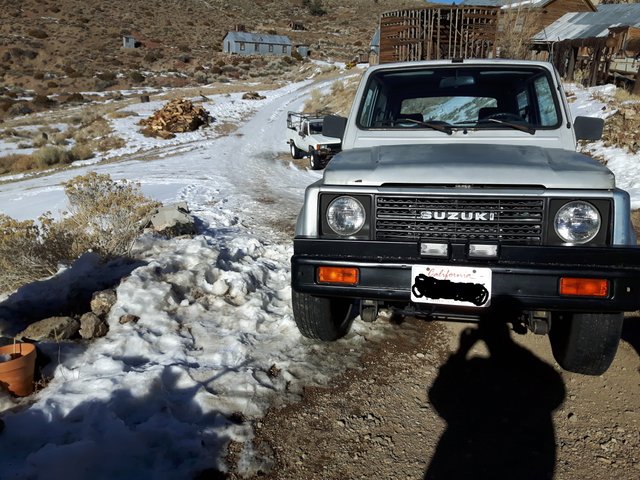


Thank you so much for being part of the #socalsteemit community.
Downvoting a post can decrease pending rewards and make it less visible. Common reasons:
Submit
I can't speak for everyone, but I'm doing alright. Thanks for asking!
Oh ya, and good job on the lights! One of my headlights is out again. I'm gonna try to fix it tomorrow.
Downvoting a post can decrease pending rewards and make it less visible. Common reasons:
Submit
Hey! I'm doing pretty well too :) Thanks for asking.
Nice job getting the lights installed. For on-road driving, you might want to look into replacing the sealed beams with proper H4 headlights and wiring in a relay harness with upgraded wiring... it's a weekend project that will give the sammy modern headlights :)
One thing I might recommend is getting an actual fuse holder. They are relatively cheap, and will protect the fuse somewhat... they also make changing the fuses much easier.
Downvoting a post can decrease pending rewards and make it less visible. Common reasons:
Submit
Congratulations @csusbgeochem1! You have completed the following achievement on the Steem blockchain and have been rewarded with new badge(s) :
Click here to view your Board
If you no longer want to receive notifications, reply to this comment with the word
STOPDownvoting a post can decrease pending rewards and make it less visible. Common reasons:
Submit